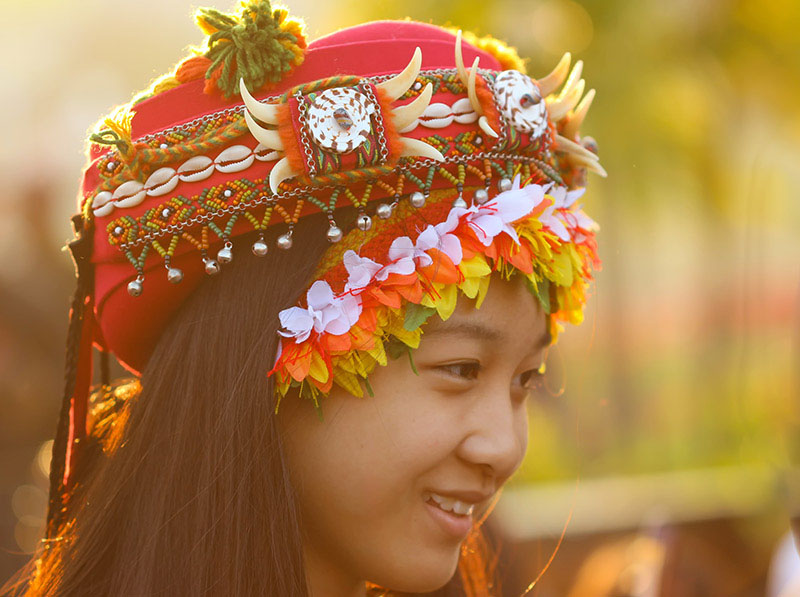RACE, ETHNICITY & CULTURE
Influence
Beauty has always been defined by the cultural norms of society. Technology has allowed geographical markers of beauty to be more accessible and influential globally.
The Know Your Hairitage ™ brand is providing a space to acknowledge, educate, honor and celebrate the ethnic and cultural traditions that influence modern hair and fashion trends. We acknowledge that race, ethnicity and culture mean different things.
TRADITIONS
RACE usually refers to physical and biological traits. ETHNICITY general refers to cultural expression or identification. For instance, you could be Black and grow up in Italy and speak fluent Italian. Race in otherwards is inherent but has been used, particularly in American history to define hierarchies while ethnicity can be guided by geography. For instance you may be Asian but born in Korea vs. Japan. Culture learned usually by an elder or predecessor.
Cultural norms are a great foundation for children to learn about the world around them and appreciate differences. Studies show that children who are grounded in their culture and historical background approach the world with confidence and tend to be more critical thinkers.

HISPANIC / LATINO / LATINX CULTURE
Hispanic and Latin American people come from a variety of geographic origins and diverse backgrounds. The word Hispanic refers to people with a Spanish-speaking background. Latino refers to people from Latin American regions which include Central, South America and the Caribbean. The transatlantic slave trade was abolished later in the South America and the Caribbean so while the presevation of African traditions prevailed, the anti-black legislation and sentiments, which include unfavorable attitudes towards textured/natural hair have taken longer to change. However, the natural hair movement in the United States is influencing a culture of acceptance, and terms like “pelo malo” or “bad hair” are becoming outdated.
ASIAN CULTURE
Asia is the largest continent in the world and is home to some of the worlds oldest civilizations. Each of its six sub-regions has its own diverse customs traditions by way of art, architecture, music, philosophy, politics and religion that have evolved over time. Beauty and hair traditions have always told stories about the political, social and religoius climate at various points in time. For instance, people of Indian ancestry may practice hair oiling or Ayurvedic wellness to moisturize the hair and nourish the scalp. A young unmarried woman of the Chinese Han Dynasty around 200 B.C.E. may have worn her hair in a simple style that showcased the health and shine in order to attract a mate, while a married woman of the Tang Dynasty around 600-900 C. E. may have worn her hair in an elaborate updo decorated with pins, combs or flowers depending on her status ranking. It’s time to celebrate the major contributions and not to group people of Asian descent into a monolith.
AFRICAN DIASPORA
The African diaspora is the term that is used to describe the mass dispperson of Africans during the transatlantic slave trade during the 1500s through the 1800s. People from Western and Central African countries were taken to various parts of the United States, South America and the Caribbean. According to records, dispersion of native Africans occured primarily in Brazil, North America and the Caribbean. While the consequences of the slave trade created trauma to Westen Africa and to the generations of the enslaved, black communities managed developed new identities that included African traditions that continue to influence modern art, music, food, fashion, science, technology and hair trends.
NATIVE PEOPLE’S CULTURE
It is important to note that indigenous people includes the original inhabitors of the Americas, North and South (for example, the Lakota in the USA, the Mayas in Guatemala or the Aymaras in Bolivia), the Inuit and Aleutians of the circumpolar region, the Saami of northern Europe, the Aborigines and Torres Strait Islanders of Australia and the Maori of New Zealand. Native cultures have a wide variety of beliefs, lifestyles, art forms, regalia and hair customs. While cultural traits of American Natives were influenced by trade and migration of Europeans during the 15th and 16th century, many Native clans managed to stay true to their traditions while adapting to changing circumstances. While various tribes styled their hair according to the beliefs and unique identities, a common belief is that hair connects to a strong cultural, familial and individual identity.